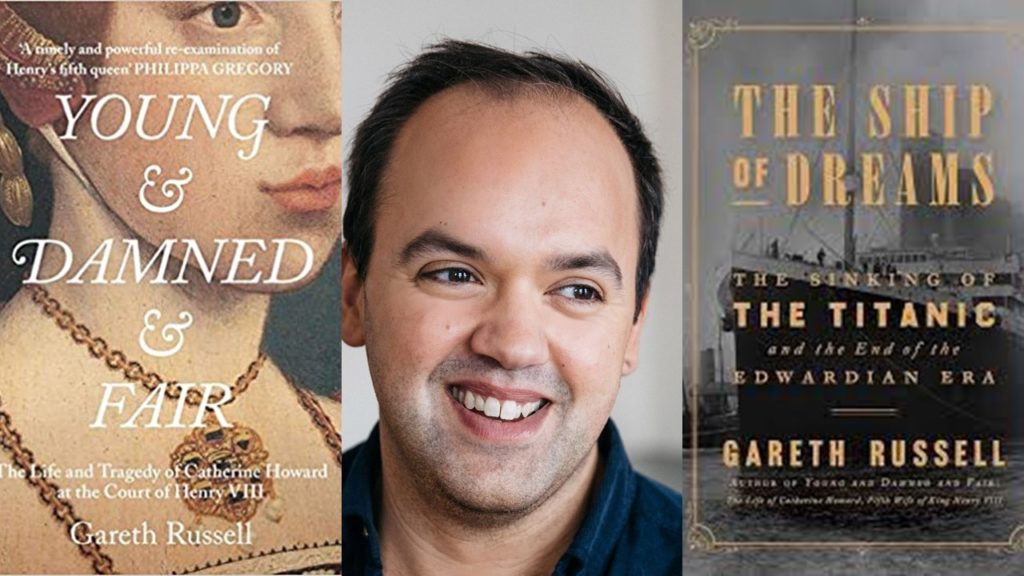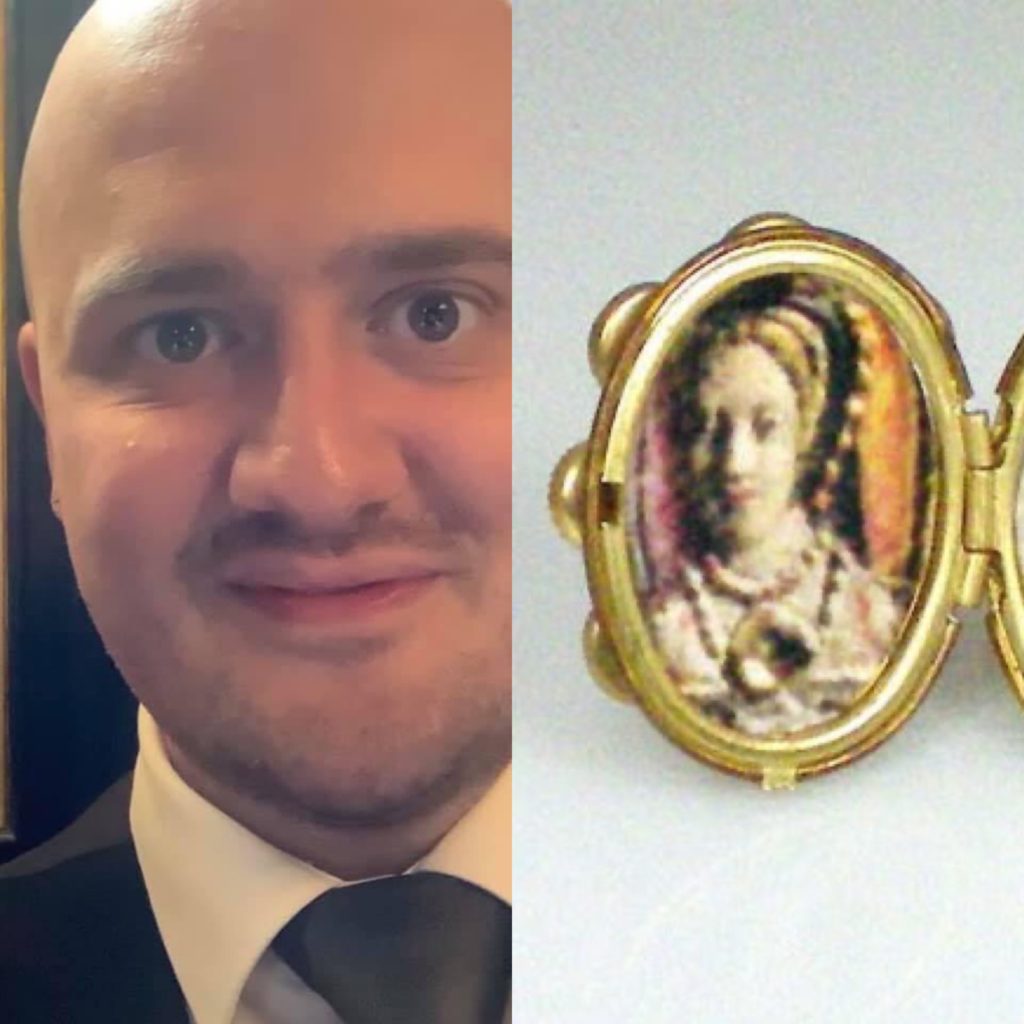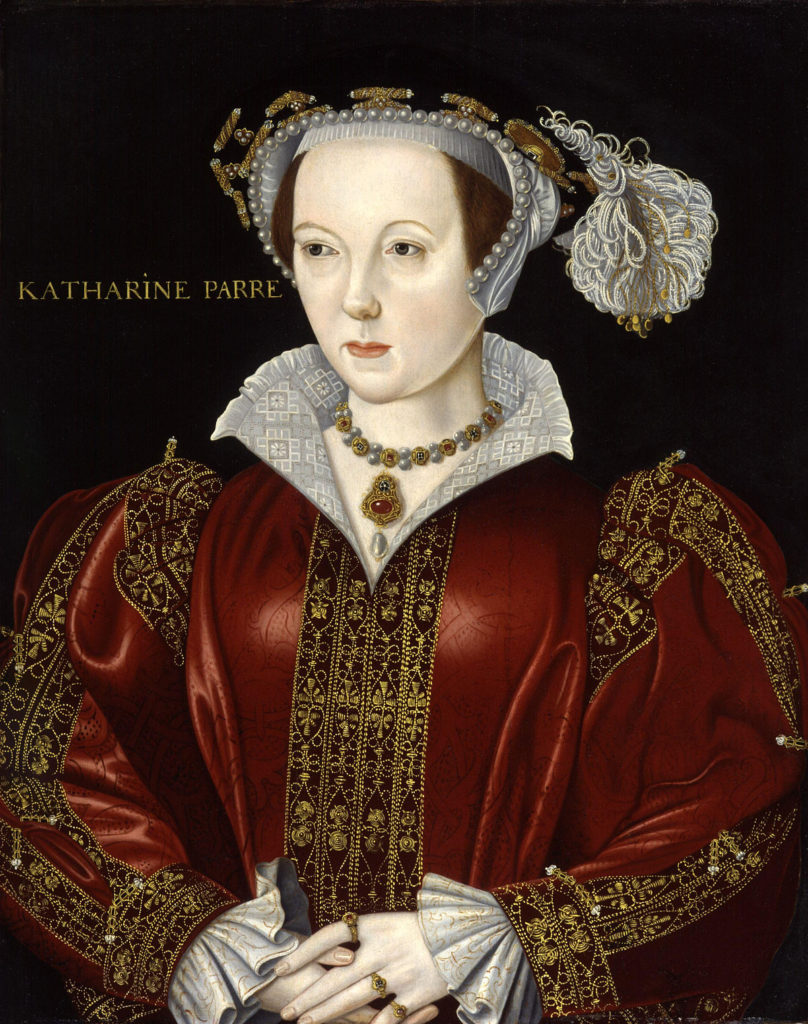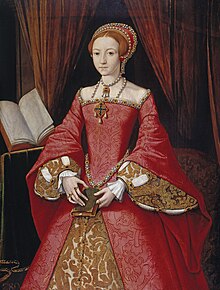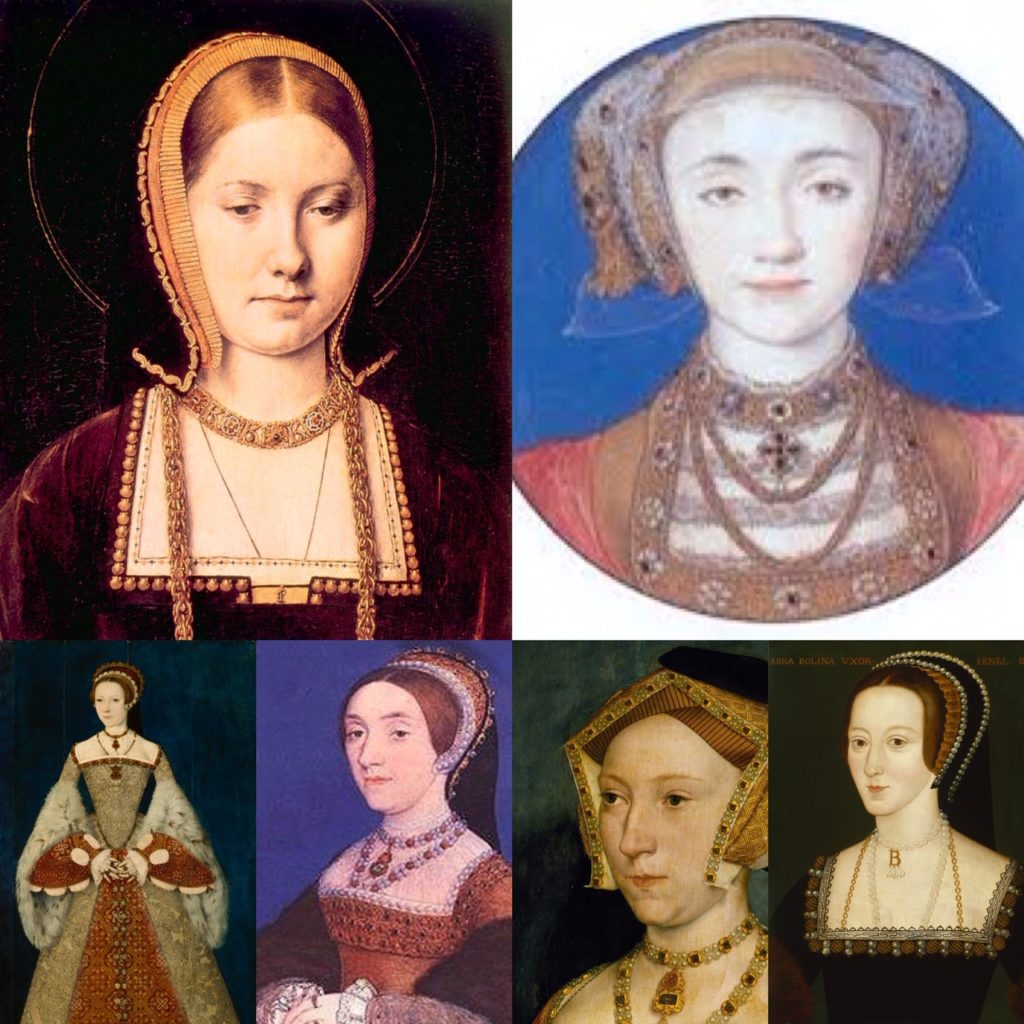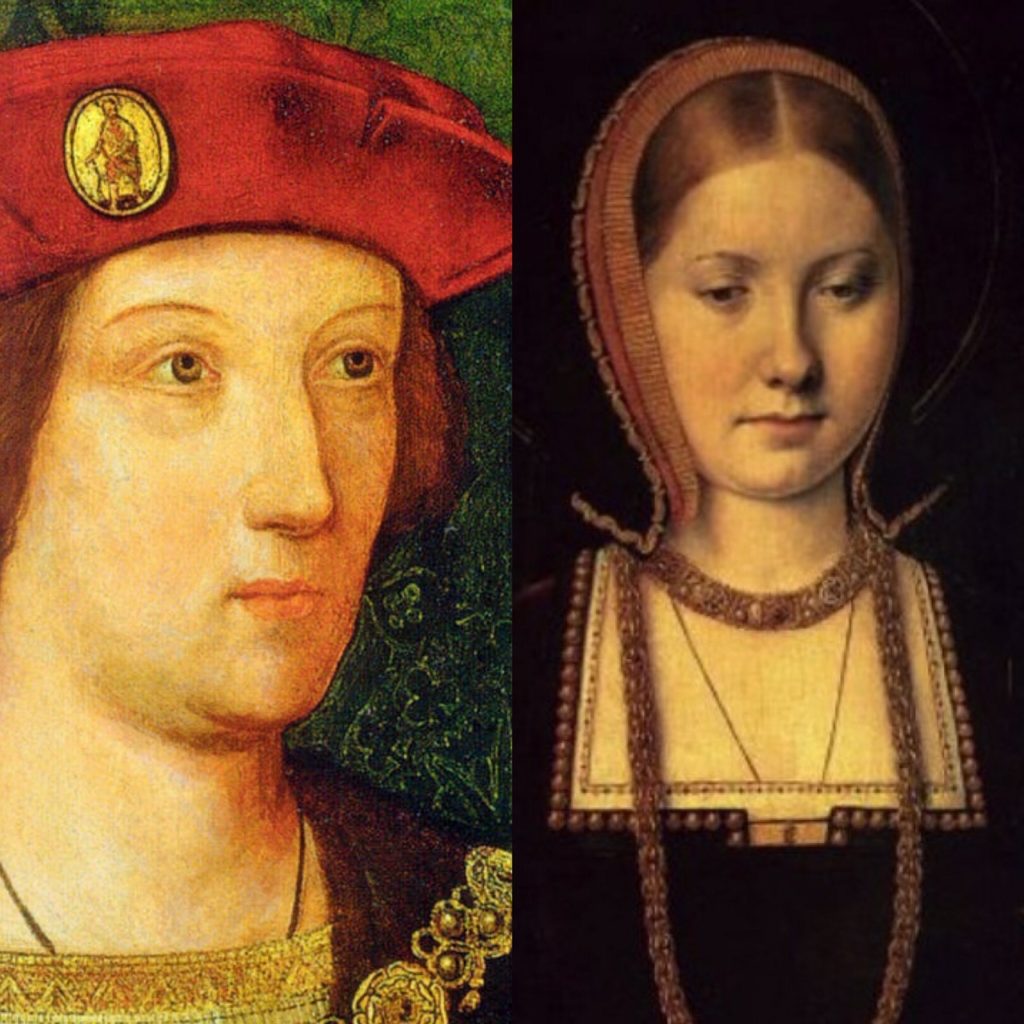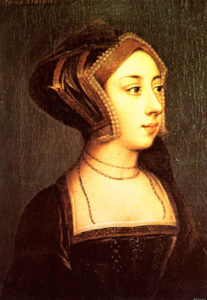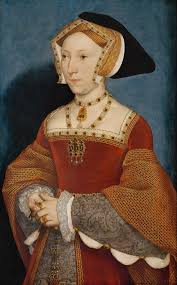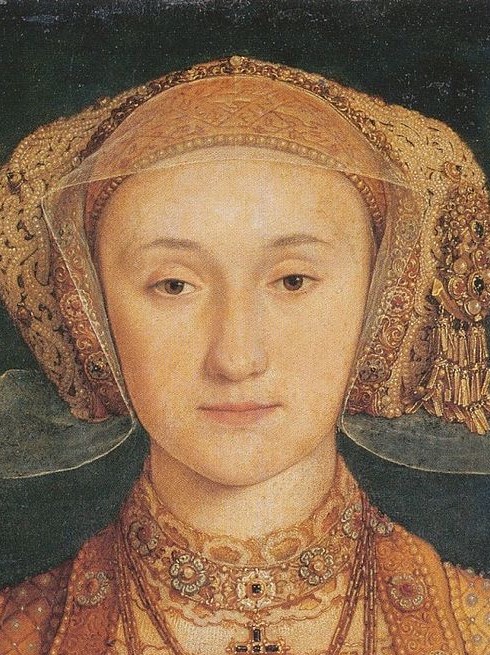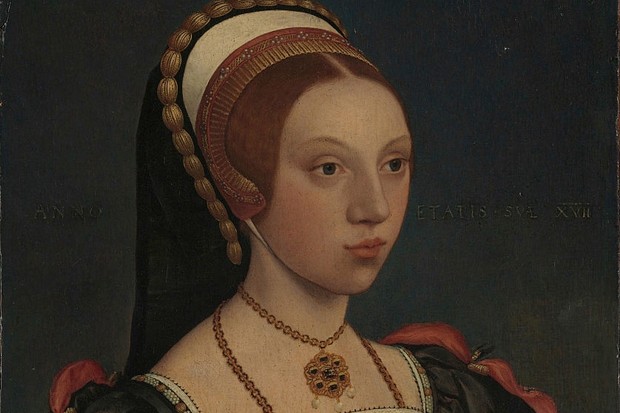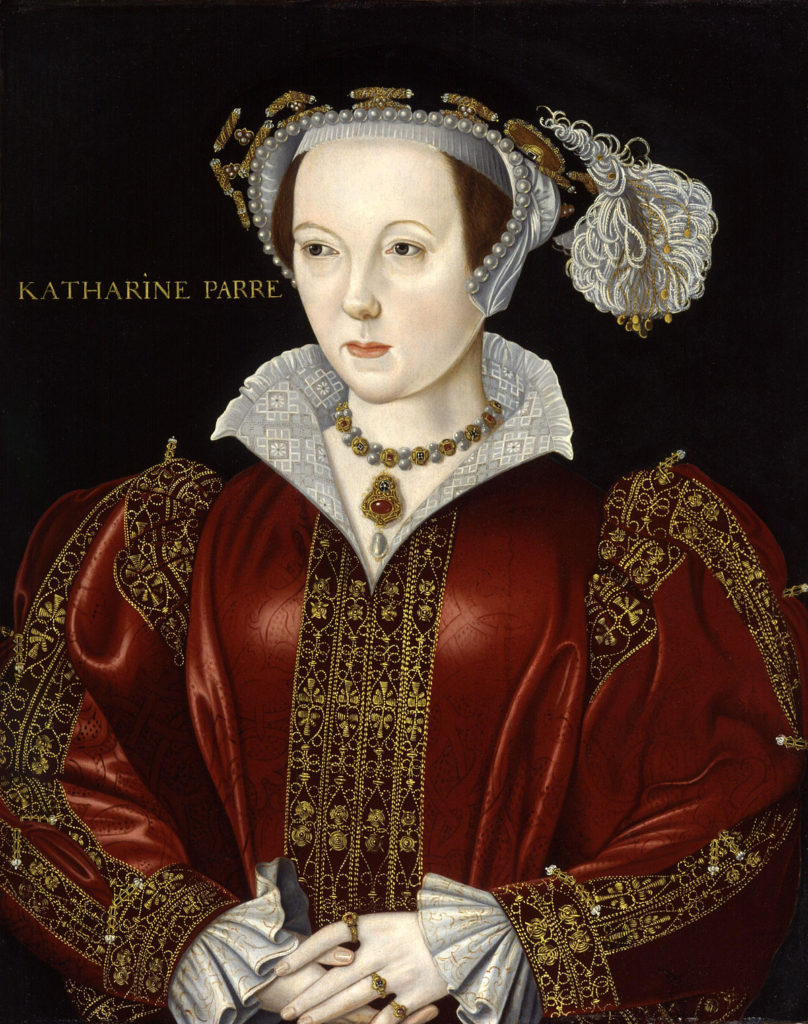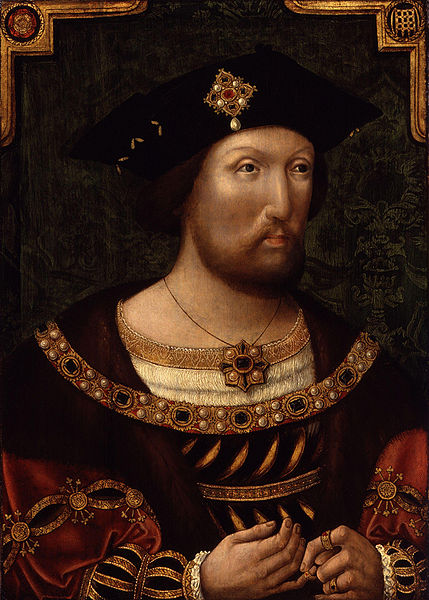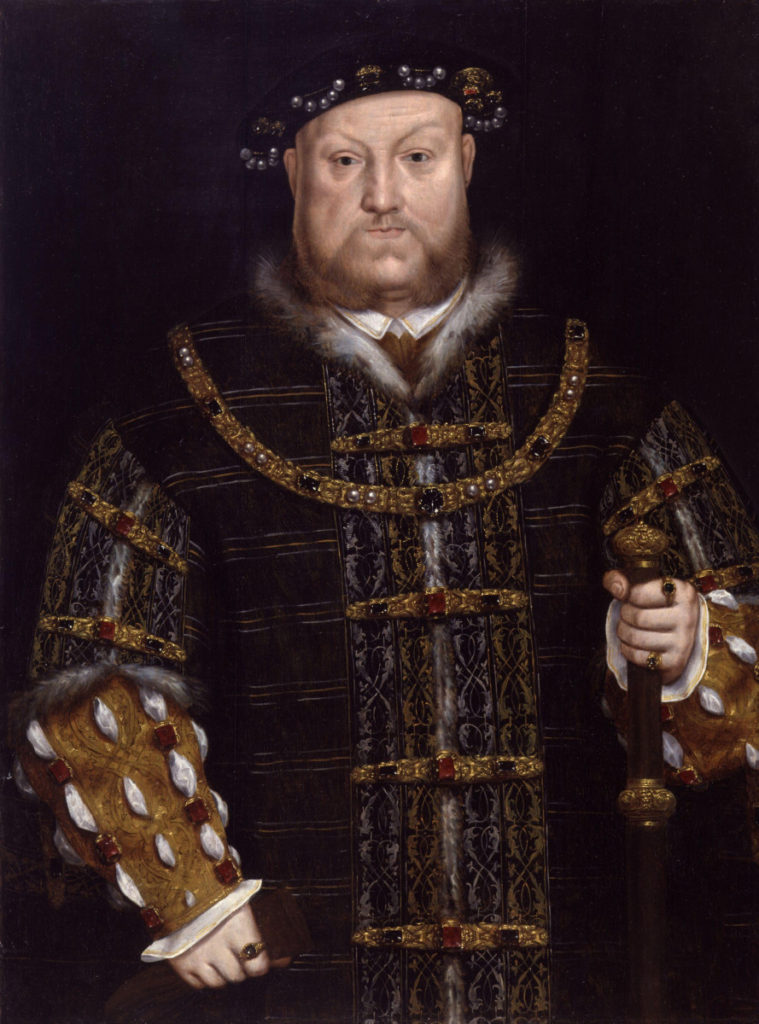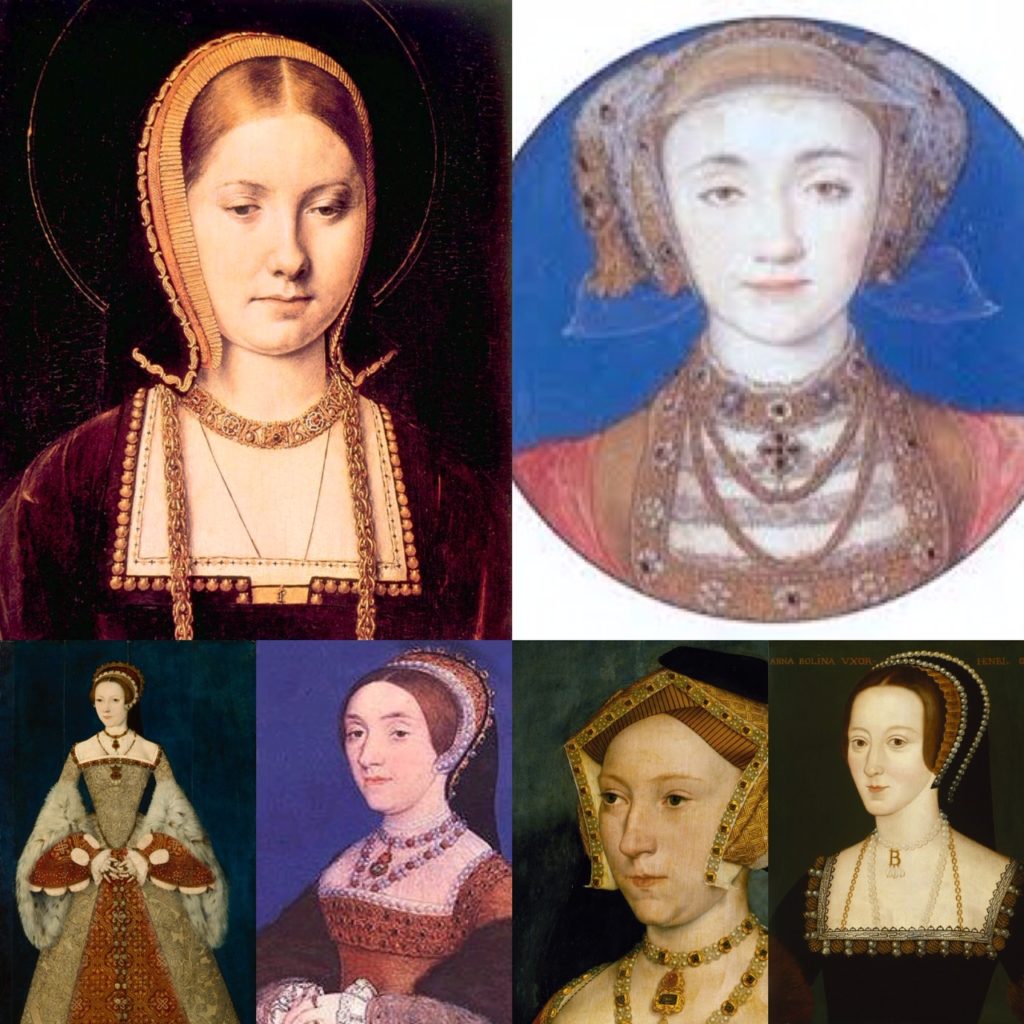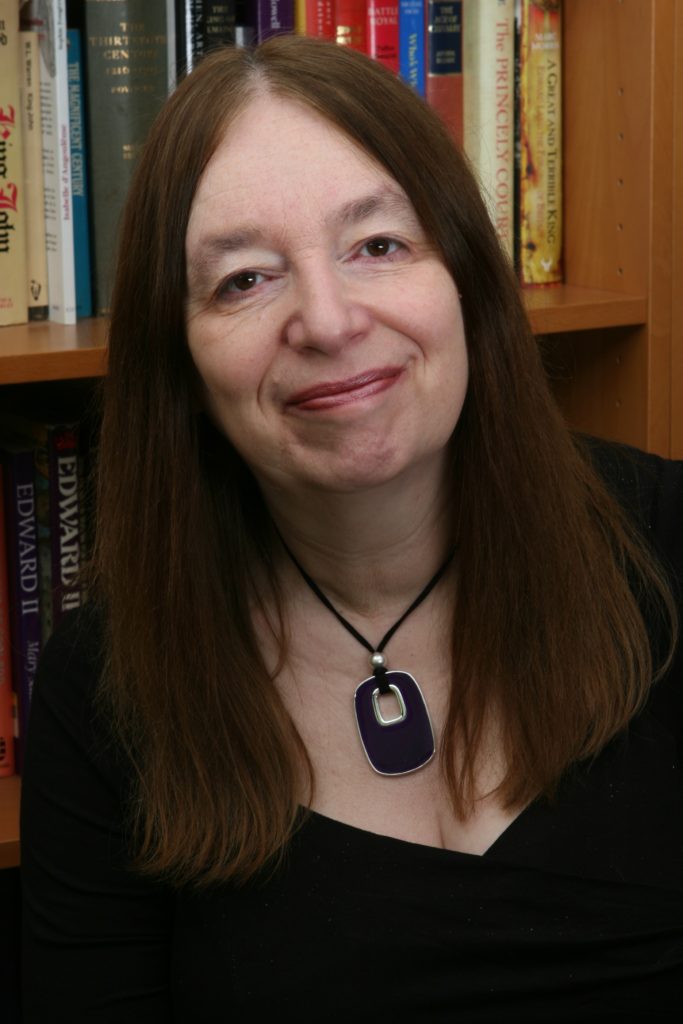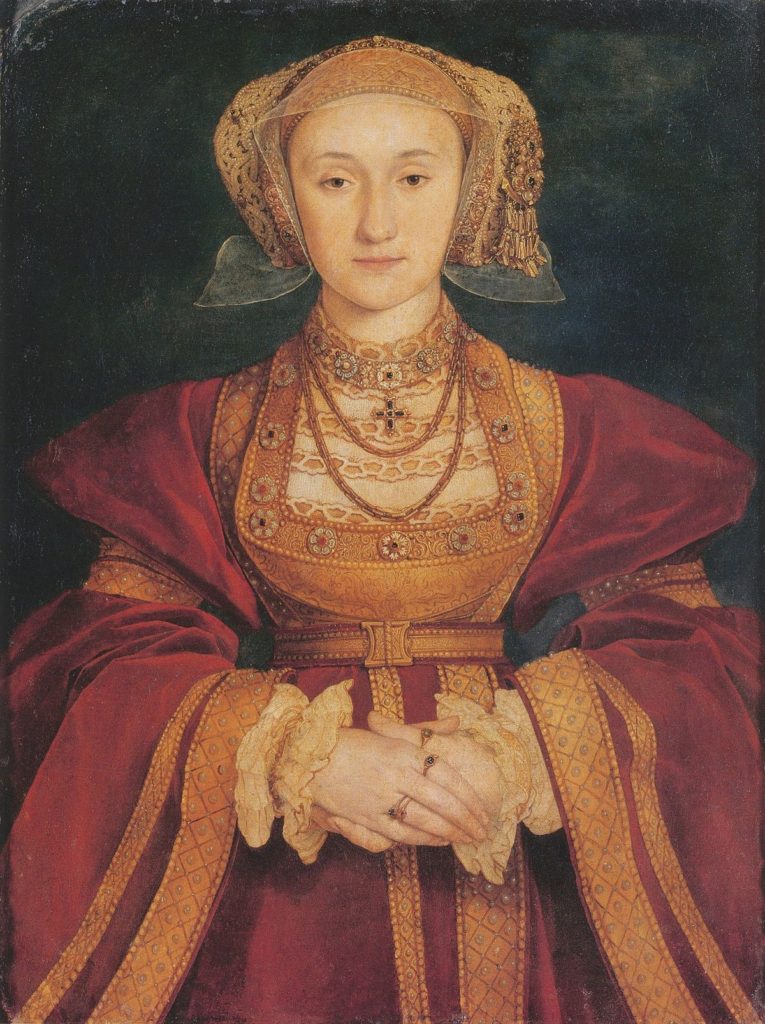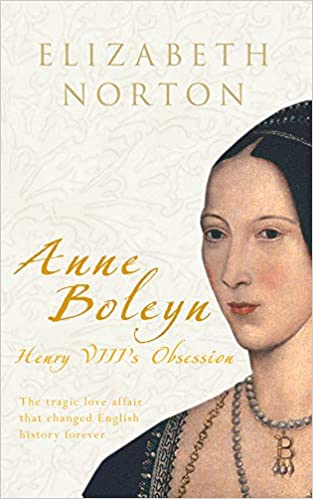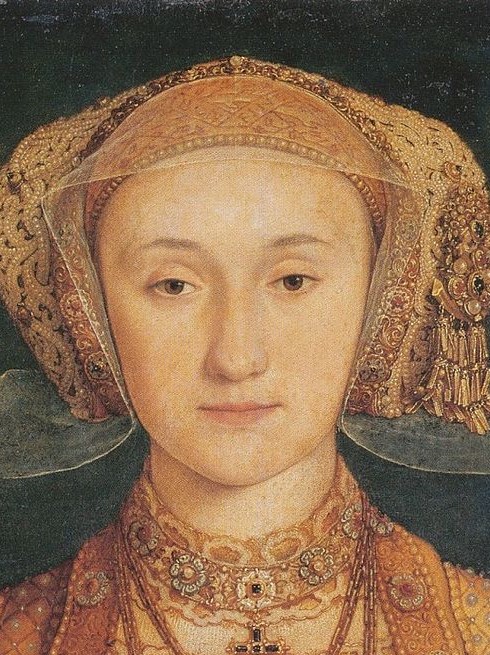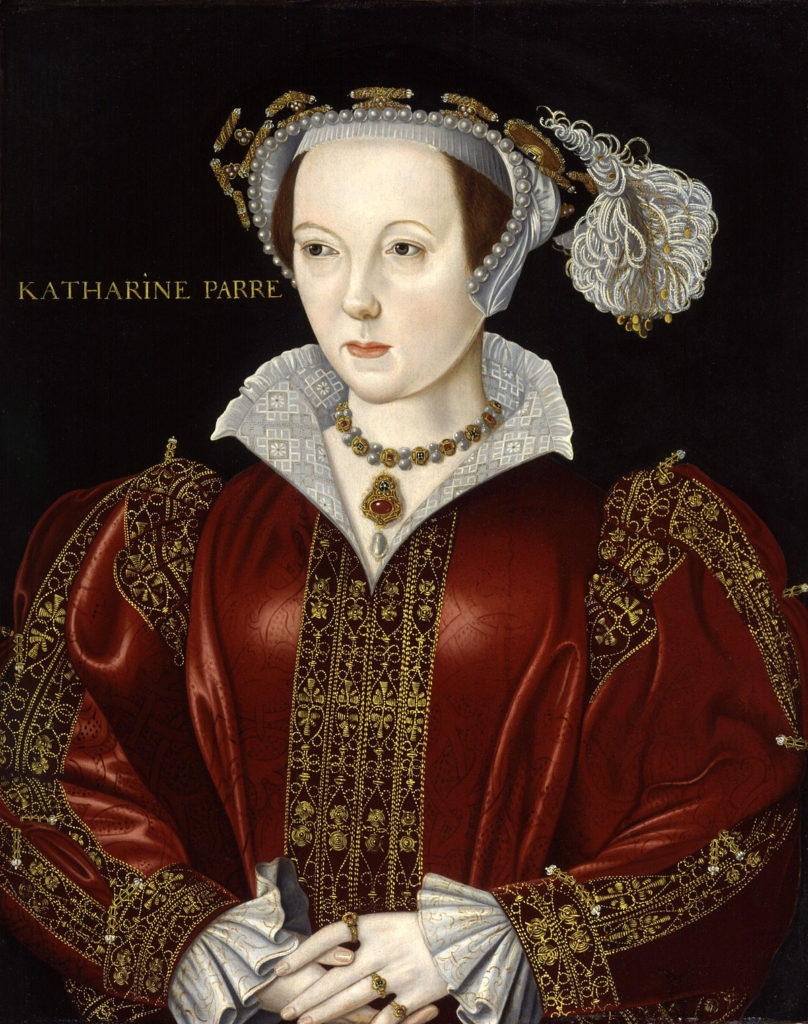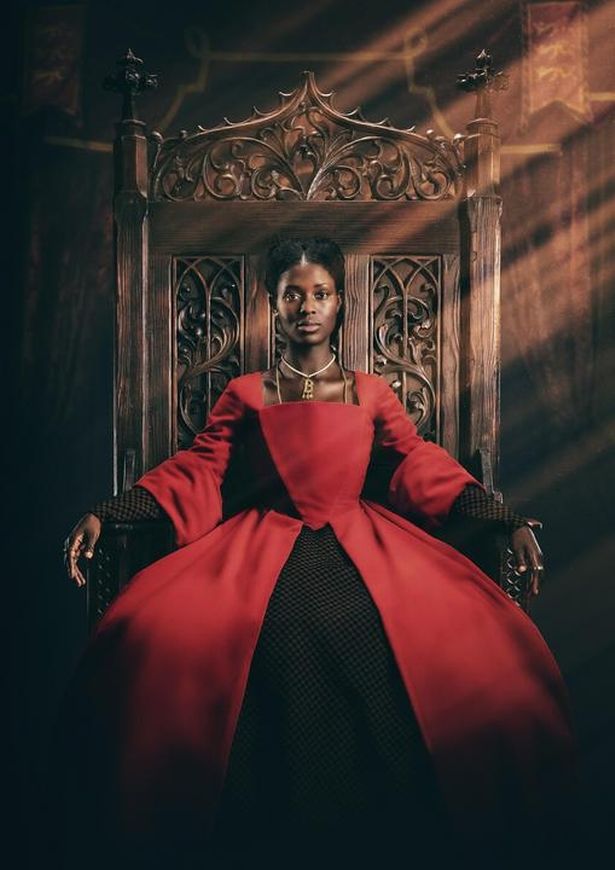
For a moment, let’s pretend we live in a relaxed world. A world where no one is too worried that a black actress is playing a Tudor Queen. And one where even those that are, manage to keep a cool head.
I say “for a moment” because I’m a realist. No review of Channel 5’s “Anne Boleyn” is going to gloss over it. And I’m not naïve enough to try.
But given the tone of the debate that’s flooded social media since the casting was announced, if that’s where we start, that’s where we’ll finish. And if that’s where we finish, there’s a lot we will miss.
We will miss the fact that the show’s interpretation of the main characters was almost too traditional. Jodie Turner-Smith’s Anne is a temptress who enthrals a weak-willed Henry VIII into doing her bidding, only losing her hold on the King when she failed to deliver the longed-for son. A Victorian could have written that.
We will miss the fact that the writers have done their homework. The show depicts Anne Boleyn as miscarrying her much-needed child minutes after she walks in on love-rival Jane Seymour perched on Henry’s lap. It didn’t happen like that. But Anne did later blame her miscarriage on her husband’s cavorting with his mistress. Clever and creative.
And it will miss the fact that real effort was made to set the scene. The show was filmed at authentic Tudor locations. It casts a realistic light on the limited space, grandeur and privacy that sixteenth-century royalty existed in.
And what kind of reviewer would I be if I let such things pass without comment?
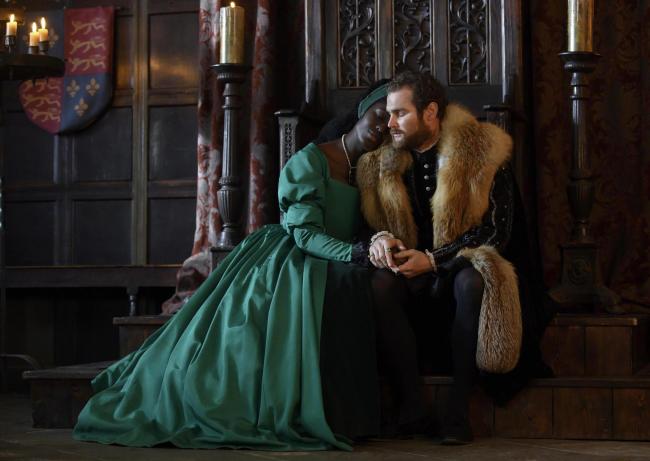
The entire episode is shown from Anne’s perspective. The viewer is drawn into the uncomfortable sense of vulnerability and uncertainty that almost certainly dominated the Queen’s final months.
Henry VIII is practically a non-character. It is Cromwell, rather than her husband, who serves as Anne’s primary antagonist. A clever nod to the complicated reality that Anne’s downfall was at least as much to do with her fall out with the King’s chief minister as it was her failure to bear a Tudor prince.
Naturally, the production took its fair share of dramatic liberties. The suggestion that Henry’s personality changed after a fall from a horse owes more to sensationalism than source material. But much of the relational interplay is rooted in reality. Brother George is Anne’s primary ally, and Paapa Essiedu’s sympathetic portrayal of the often-maligned character is both convincing and refreshing.
The show’s Anne is aggressive. She dominates and she bullies. This was part of who Anne was but it’s not the full picture. Toward the end of the episode, the vulnerable Anne emerges and we will almost certainly see more of her in the two remaining instalments. Yet, the captivating, charismatic Anne was missing. Or, it not missing, diminished. This has more to do with the creator’s decision to begin the plot toward the end of Anne’s career rather than showcase her courtly debut. It is not a criticism of Turner-Smith’s performance which was consistently strong.
Mercifully, I don’t have space to explore in depth the fallout from the decision to cast a black actress as the lead character. Frankly, nor do I have the willpower. What I will say is this: it worked.
The casting of the show was colour blind. It isn’t that they decided to make Anne’s racial background different to her husband and cast accordingly. They just chose not to make skin colour an issue and select the best actress for the part. Anne was more than her skin colour. She lived in an almost entirely white society. Race just wasn’t an issue in her story. It doesn’t necessarily need to be in casting.
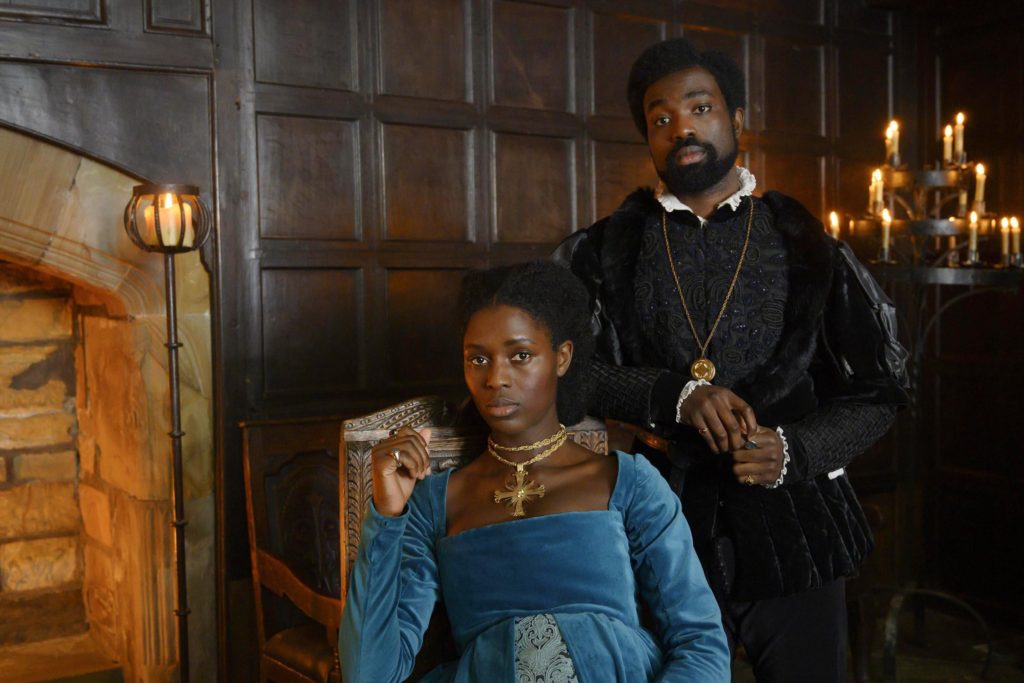
Jodie Turner-Smith’s portrayal effectively captures multiple aspects of Anne’s character. It leaves viewers with an understanding of why this controversial Queen has torn-apart opinion for almost five centuries. Can that really be said for all recent depictions of the contentious Tudor Queen?
Overall, “Anne Boleyn” is a better day for art than it is for history. The acting is strong, the location sets the scene and the production tells a story. But it wasn’t a bad day for history either. Will it distort understanding of the era? Like all fiction, almost certainly. But its negative impact on popular perceptions of the early Tudors is likely to be less than Starz’s “Spanish Princess” and predecessor series.
“Anne Boleyn” continues on Channel 5 tonight (2nd June) and concludes on Wednesday, both at 9PM. I’m afraid I don’t know when it might air internationally.
Subscribe to our newsletter!
